Between 2009 and 2015, the population of sperm whales in the central Gulf of California ranged between 20 and 167 individuals, with a total "super population" of 354 whales. However, from 2016 to 2018, sperm whale sightings ceased entirely.
As sperm whales are important predators that control energy flux in the oceans, changes in their population can be used as a sentinel to measure of ecosystem health. The present study conducted a sperm whale survey of the eastern Midriff Islands Region in the Gulf of California over the course of nine years, recording sightings and collecting photographs of the fluke of sperm whale individuals.
In the Press
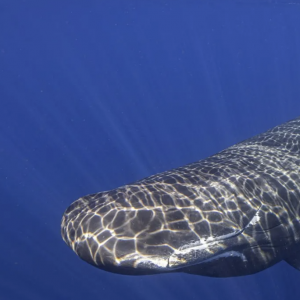
Climate-drive departures of sperm whales, jumbo squid from Gulf of California raise ecosystem concerns
The Hill
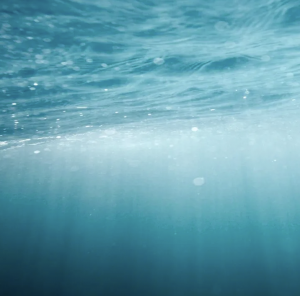
The jumbo squid population has crashed in the Gulf of California – and the consequences could be huge, say experts
BBC Wildlife
.
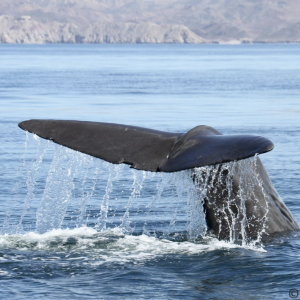
Squid Collapse Triggers Massive Sperm Whale Migration From the Gulf of California
Sci Tech Daily
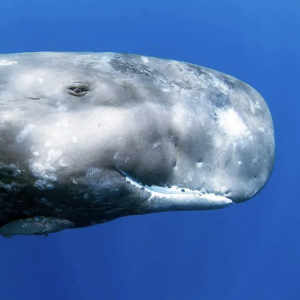
Where have all the sperm whales gone? Scientists think they know
Earth
“The departure of sperm whales from the Gulf of California serves as a sentinel signal, reflecting significant shifts in marine ecosystems. As the environment changes, so too does the delicate balance between predators and prey.”
Héctor Pérez-Puig, Prescott College
For All Readers - AI Explainer
What was the focus of the study on sperm whales in the Gulf of California?
The study focused on monitoring sperm whale populations in the eastern Midriff Islands Region of the Gulf of California over nine years. Researchers tracked sperm whale sightings and collected photo-identification data to estimate population sizes. The study also aimed to understand the relationship between sperm whale populations and the availability of their primary prey, the jumbo squid, which has experienced significant decline in recent years.
What were the key findings regarding sperm whale populations in the study area?
The study found that sperm whale populations in the central portion of the Gulf of California ranged between 20 and 167 individuals annually, with a “super population” of 354 sperm whales recorded between 2009 and 2015. However, no sperm whale sightings were recorded from 2016 to 2018, coinciding with a sharp decline in the local population of jumbo squid, their main prey.
How did the decline in jumbo squid populations impact sperm whales?
The decline in jumbo squid populations, which began in 2016, likely led to the departure of sperm whales from the region. The study showed a strong correlation between sperm whale sightings and jumbo squid landings, with an R² value of 0.644, indicating that sperm whales rely heavily on the availability of jumbo squid. Environmental changes, including warmer water conditions and shifts in the size and availability of the squid, may have caused the whales to leave the area in search of alternative feeding grounds.
What environmental changes might be driving the decline in jumbo squid and sperm whales?
The study suggests that the decline in both jumbo squid and sperm whales is linked to long-term environmental changes in the Gulf of California. These changes include sustained warming of surface and subsurface waters, strong El Niño events, and positive Pacific Decadal Oscillation (PDO) phases, which may be causing a “tropicalization” of the region. These shifts are thought to be responsible for the collapse of the jumbo squid population and its transition to a smaller size phenotype, which in turn affects the sperm whale population.
What are the broader ecological implications of the sperm whale’s departure from the Gulf of California?
The departure of sperm whales from the Gulf of California suggests broader ecological shifts, as sperm whales are considered a sentinel species that reflects the health of marine ecosystems. The decline in their numbers signals disruptions in the marine food chain, particularly the depletion of key species like the jumbo squid. These changes may be symptomatic of the long-term impacts of climate change and warming ocean temperatures on the region’s biodiversity.
What further research is needed to understand the sperm whale population trends?
While the study provides valuable insights, more detailed research is needed to fully understand the population trends of sperm whales in the Gulf of California. Future studies should focus on individual movements of sperm whales within the region, as well as the broader impact of environmental and ecological changes on their prey species, especially jumbo squid. Long-term databases and continuous monitoring are essential to predict how ongoing climate changes will continue to affect these marine ecosystems.
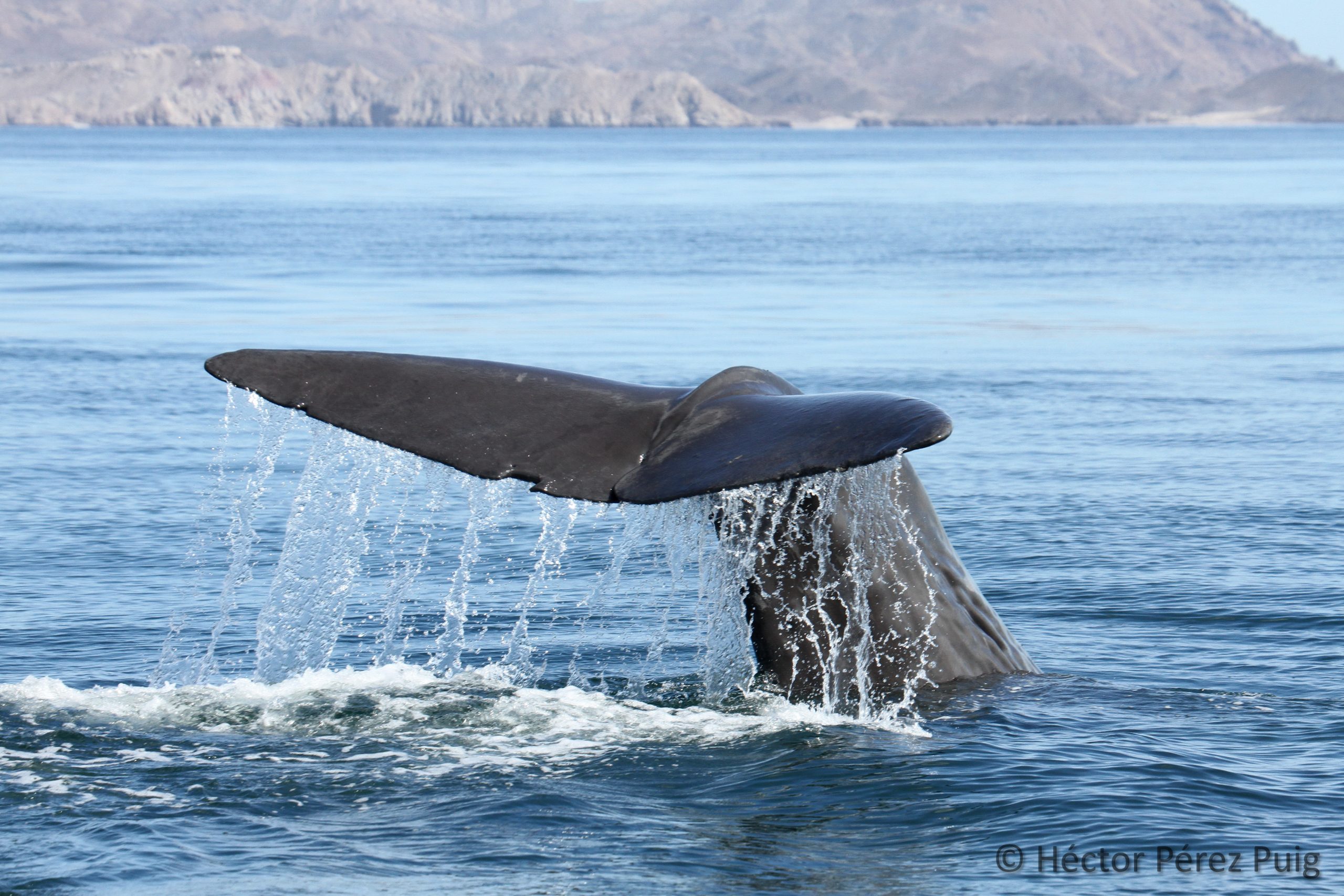
What are Article Spotlights?
Spotlighted articles are press released, and feature author interviews, AI explainers and more.
If you have published in Peer J and would like to be featured in an Article Spotlight please contact PeerJ.

